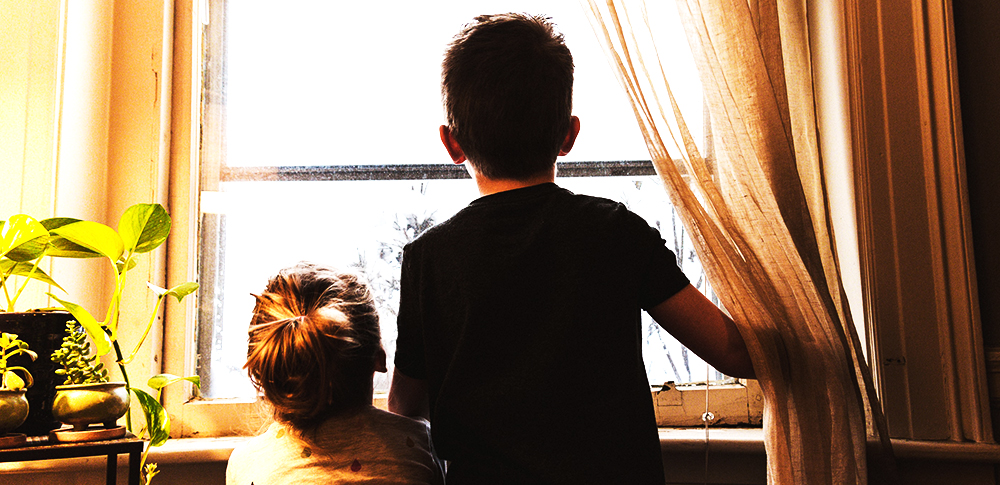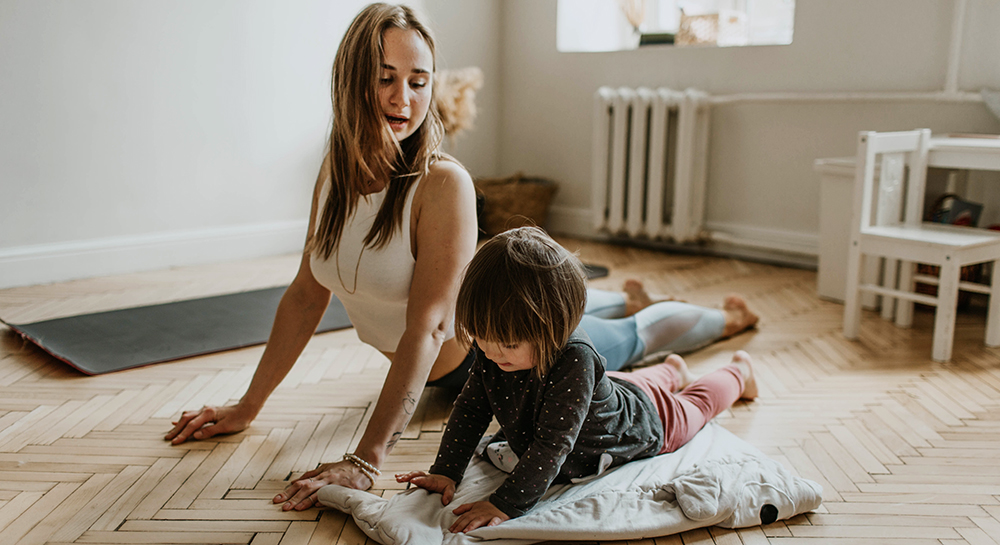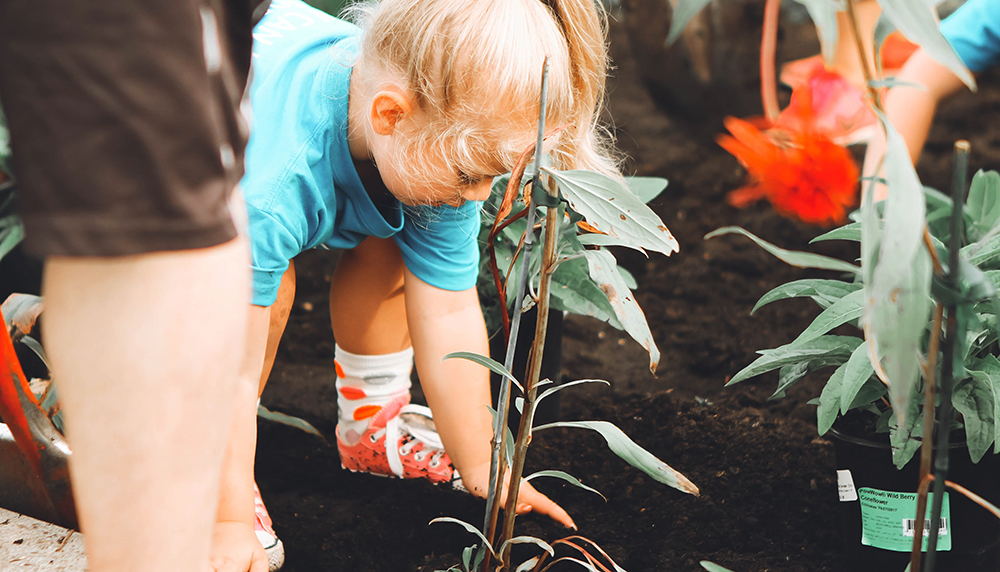
Having already been in quarantine for a week with her family, youth worker Hannah Woods shares her key learning points and ‘dealbreakers’ of how to stay home together.
As I write this, I sit between my seven year-old, doing literacy, and my nine year old, doing maths. This is a steep learning curve for parents – building a daily routine that accommodates everyone’s needs and builds in time to enjoy each other too.
In the UK on Monday (23 March), the government announced more stringent restrictions for every citizen for at least three weeks, limiting movement and instructing people to ‘stay at home’.
After a week already in quarantine – basically lockdown – these are the pointers I’ve gathered as being essential for my family.
It’ll look different for everyone but these are our key points and dealbreakers, and I hope they are useful for you too:
Our first key point is rest looks different now.
I really recommend this quiz https://ichoosemybestlife.com/quiz/rest-quiz-test/ by Dr Saundra Dalton-Smith.
She theorises that there are seven types of rest: physical, mental, spiritual, emotional, social, sensory and creative.
Within that first week, my screen usage went through the roof. Conversations from the school gates with other parents, the Sunday church service, youth team meetings – they all were held over social media.
By the evening, when usually I’d chill out and watch TV with my husband, I was screened out. So we’ve had to start thinking of new ways to rest… we have never played so much Uno in one week before!
This leads neatly to my second key point: count the joys.
Some things are different in a bad way (we’ve run out of bananas and we can’t just get more) but some things are different in a good way (we had a picnic lunch together in our back garden on a Monday).
Try and highlight the things that are positive about this new world – it will really help children and young people to focus on the good bits.
It’s important to allow space to miss things, but it helps to keep pointing out the good bits.

Exercise was the first dealbreaker in this house.
I normally cycle three to six miles a day and by day 4 I was climbing the walls. Let’s not talk about what my active son was doing!
I broke out a workout DVD from the 00s that we could do in our living room with minimum thuds to annoy next door (Nell McAndrew’s ‘Ultimate Challenge, Ultimate Results’, if anyone’s interested). Morale was significantly higher post-workout.
We recommend Just Dance and KidsBop on YouTube, and we’ve had Joe Wicks’ PE sessions and ConBody Prison Style bootcamp exercises recommended to us as well.
Making space for teenagers to carve out their own home workout routines will help. For children and young people who would normally cycle or walk to school, they may need help working out how much less exercise they’re getting.
‘Get outside’ is our second dealbreaker.
During the first week we walked around the garden come rain or shine every morning, just to get the fresh air. We are blessed to have a garden.
As I write this the government policy is that everyone can go out for one form of exercise a day – use it!
Routine was our third dealbreaker.
We needed a rough plan for each day, so that I wasn’t having to make it up and we all knew what to expect.
For us that looks like being ready by 08:15 for PE so we can all start work at 09:00, and then hour-long slots of maths, literacy and reading. We might throw in some educational YouTube channels or a bit of gardening, art, or stop motion animation if we feel adventurous.

Every household will have their own dealbreakers and will work out their own rhythm.
Just like when our children were babies and we scrabbled our way through way too much information and so many other people’s helpful advice, this is a steep learning curve for everyone, but we will get there.
People will wobble, we’ll need to be kind to each other and to ourselves, but we will get there.
Hannah Woods is Lead Youth Worker with Doorsteps, Viva’s partner network in Oxford.
